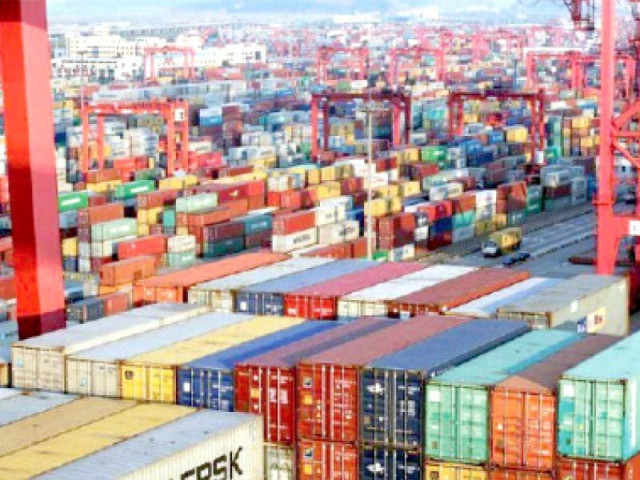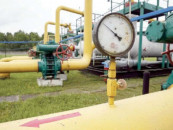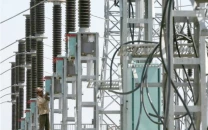Political economy of coalition government
Exchange rate, fiscal policies must be on top priority as both need stability

A new multi-party coalition government has taken oath in Pakistan. It has a lot of challenges, especially regarding the economy and governance.
The major one is the political economy of a coalition government since the literature largely explains that coalition governments perform badly. This article not only provides its causes but also explains what steps, if taken, can improve the performance of the present government.
First, the decision-making in the coalition governments is always slow since every major policy initiative needs approval from coalition partners.
This is also the reason why Prime Minister Shehbaz Sharif took many days to finalise the list of his cabinet. Such kind of policy delays costs performance.
Second, there exists a conflict of policy goals, known as policy divergence, among partners in the coalition since every party pursues a different ideology and constituency.
For instance, PPP pursues leftist policies, PML-N pursues rightist policies, and JUI pursues Islamist centrist policy goals. Likewise, their voters also have different policy preferences.
To overcome this issue, a consensus on policy goals is needed in the present government, which guides policies without long delays. This will also give policy signals to investors and the IMF, making the job of the finance ministry easier.
Otherwise, they can perceive that the coalition is an unstable government that has no clear policy preferences.
In this policy dialogue and consensus, the exchange rate and fiscal policies must be on top priority because both need stability.
The available literature also shows that the coalition governments spend more than the single-party governments since every partner in the government aims to spend more on its constituency to keep its public support.
Moreover, the political business cycle theory predicts that the governments spend more prior to elections to win votes. If the fiscal deficit increases in the present government, it will make Pakistan’s economic outlook darker.
Third, the responsibility and reward among coalition members are shared. If a coalition government performs badly, it is not clear which party to blame, and when the government performs better, all try to take its credit.
This discourages team members to show outstanding performance since they realise that when the reward is shared, why they do need to work harder than others.
This barrier can be overcome if consensus exists that every coalition party will only take responsibility for its allocated ministries and will not interfere in other ministries’ affairs. In this situation, every ministry will signal its performance and voters can evaluate the parties accordingly.
However, this status quo is hard to maintain since all ministries in the government are interdependent. They especially rely on the finance ministry to get funds and every ministry will try to get more funds to spend more and show better performance.
Four, the coalition partners are potential opponents of each other in every election. So, they have an incentive to go for such policies which only give benefits to them at the cost of their competitors.
This incentive can weaken the coalition and is a real test of the present government on how to deal with it.
In the current government, the PM, finance minister and interior minister are from PML-N. So PML-N is leading the coalition and has more power and responsibility to show better performance.
Therefore, it is PML-N’s job to keep the coalition intact and not let its partners pursue those incentives which badly hurt the government’s performance.
India provides a unique example where coalition governments during the period from 1990 to 2014 performed better. One of its causes was consensus-based government and the second was that the leading political party had more power and responsibility to take policy initiatives and run the government than others.
If the same situation persists in the present coalition in Pakistan, it can also show good economic performance.
However, considering the almost equal bargaining power of PML-N and PPP in the coalition and the potential rivalry between them, it is hard to show any Indian kind of example in Pakistan.
The writer is a research scholar at PRIME think tank and a doctoral researcher at Brunel University London
Published in The Express Tribune, May 2nd, 2022.
Like Business on Facebook, follow @TribuneBiz on Twitter to stay informed and join in the conversation.



















COMMENTS
Comments are moderated and generally will be posted if they are on-topic and not abusive.
For more information, please see our Comments FAQ